When King Aleksandar Karadjordjevic made the decision to build the monumental underground complex of rooms, corridors and halls in the small town on the border of Serbia and Bosnia, Mali Zvornik, he could not know three things.
First, that he will never live to see the completion of the construction of this “underground city”, since he was killed in Marseilles in 1934, and that this monumental construction project will never be completed for that very reason.
Secondly, that the Great War will really follow, a war because of which the Underground City in Mali Zvornik was built, and that it will be the most terrible war in history.
Third, that almost 86 years later, this complex will be turned into a tourist attraction of this part of Serbia, and that the premises that were once intended for mere survival will now be part of the tourist offer.
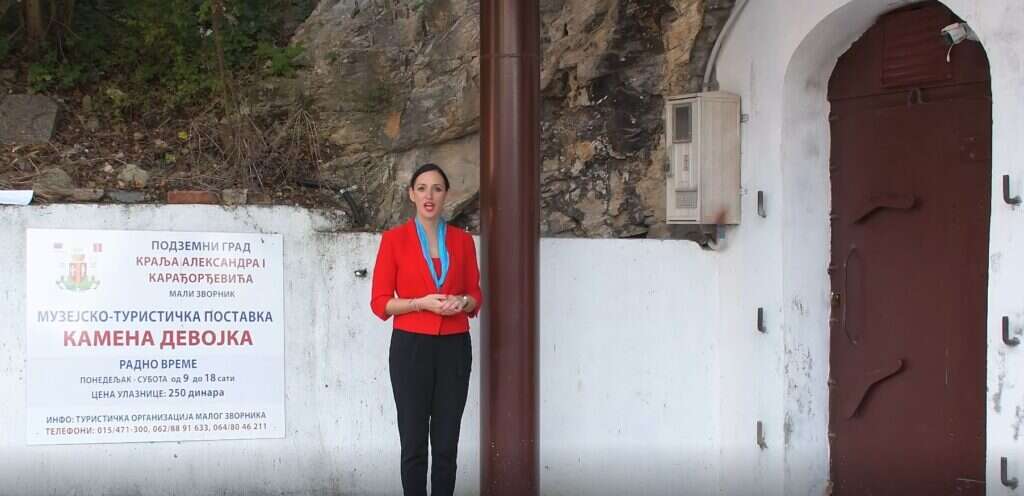
The inconspicuous, ordinary entrance door, which is literally carved into the rock on the hill that stretches above the Drina and Mali Zvornik, shows no sign that behind them lies the greatest secret of the Kingdom of Yugoslavia and the greatest project that this country has ever had.
Built from 1931-1934, this complex had one purpose – to serve as a hiding place and headquarters for the King of Yugoslavia Alexander Karadjordjevic and the leaders of the Yugoslav Army, in case of war.
It was built in the greatest secrecy, in three years, and it was planned for the stay of the king and a larger number of people, underground, for a longer period of time. The plan of the complex was called “Stone Girl”, and only five people in Yugoslavia knew the details of the construction. It was never completed, because the assassination of Alexander in 1934 marked the end of the construction works.
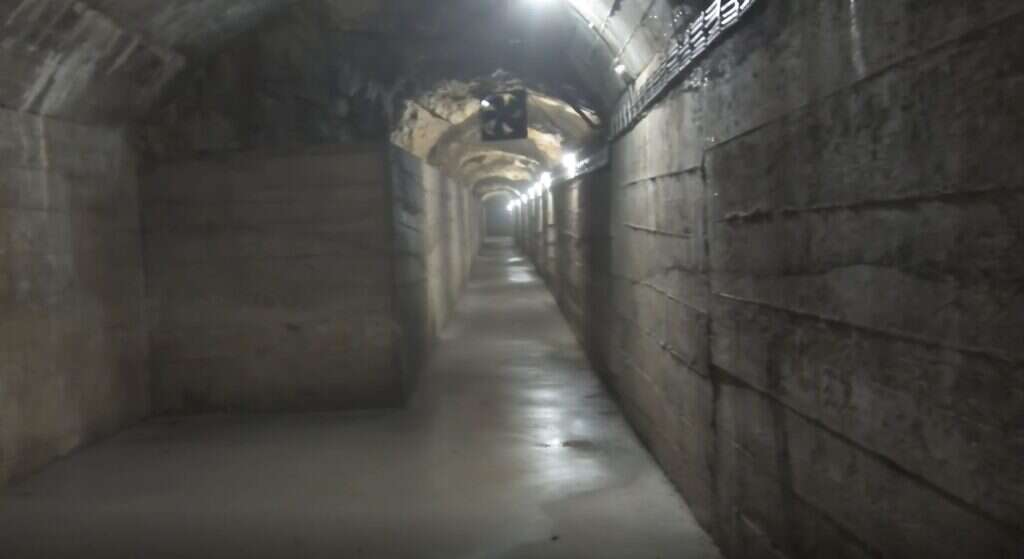
In order not to leak anything, this underground complex was dug and concreted exclusively by prisoners, who were brought and taken away at night, without knowing where they were brought, what they were doing, or why. All documents on this top-secret project have either disappeared or been destroyed.
The project was megalomaniacal: only two thirds of the shelters were built, and that includes as many as 75 rooms and kilometers and kilometers of corridors that connect these rooms. Inside are water supply systems with 12 entrances to the Drina river, on the bank of which is the entrance to the Underground City.
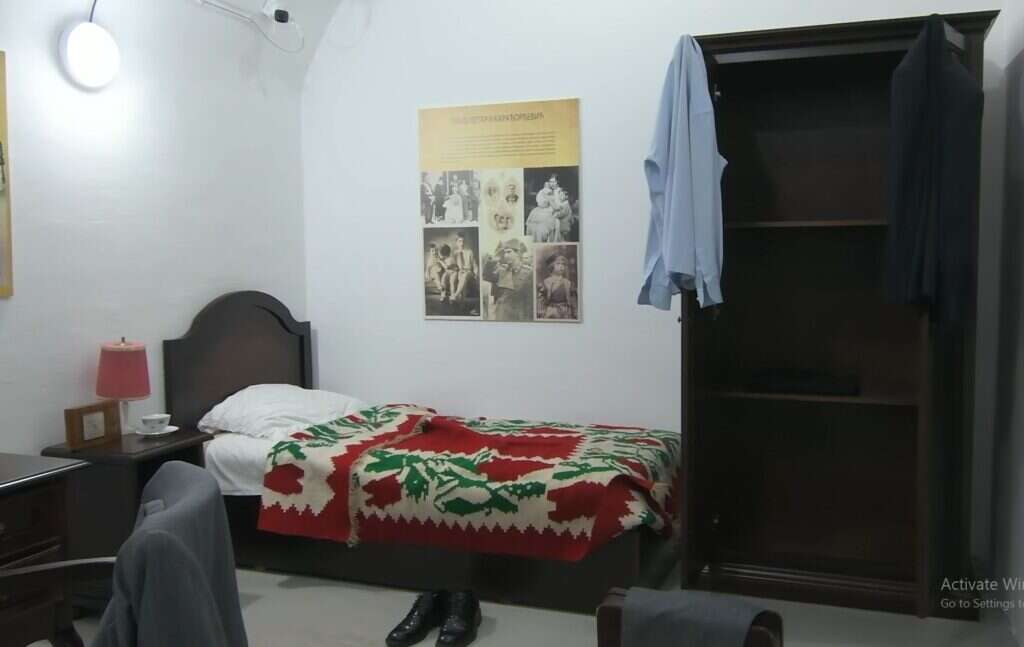
By the way, this giant shelter was used only once, from April 7 to 9, 1941, when King Peter II Karadjordjevic spent the last night in Serbia and Yugoslavia, before he went into exile. The last session of the Government of the Kingdom of Yugoslavia was also held at this place.
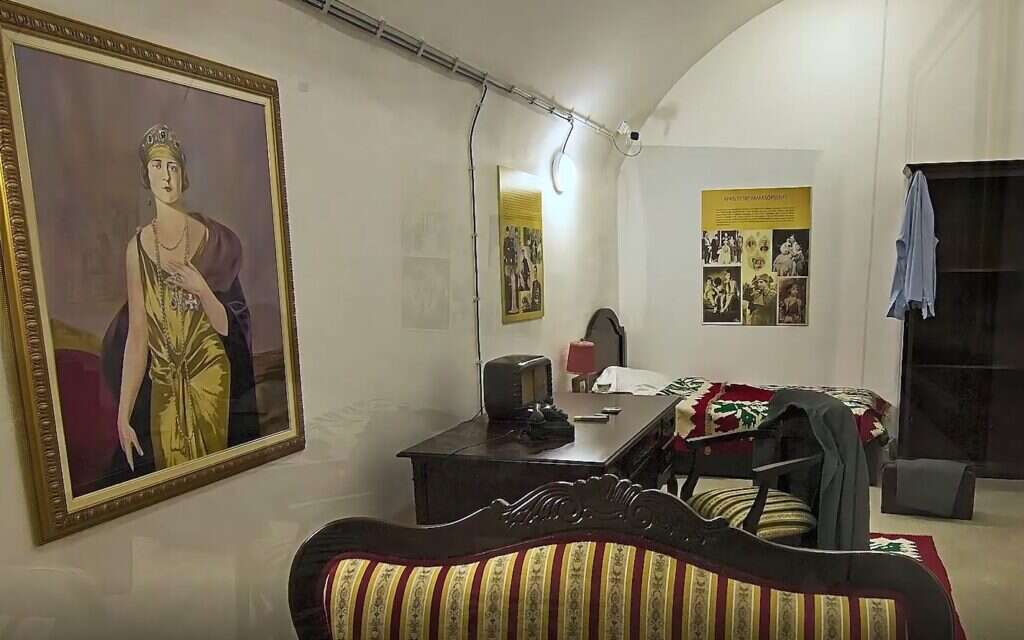
All these rooms and the corridors that connect them were built to accommodate up to 5,000 people, who would be protected by thousands of tons of solid rocks from everything that the enemy could throw at them. The premises used to be equipped with furniture, but it was mostly stolen during and after the Second World War.
By the way, as the team of the Come to Serbia portal witnessed, in the underground, under hundreds of tons of rocks, it is not uncomfortable at all: the temperature is always around 15 degrees, and the air is extremely pleasant to breathe.
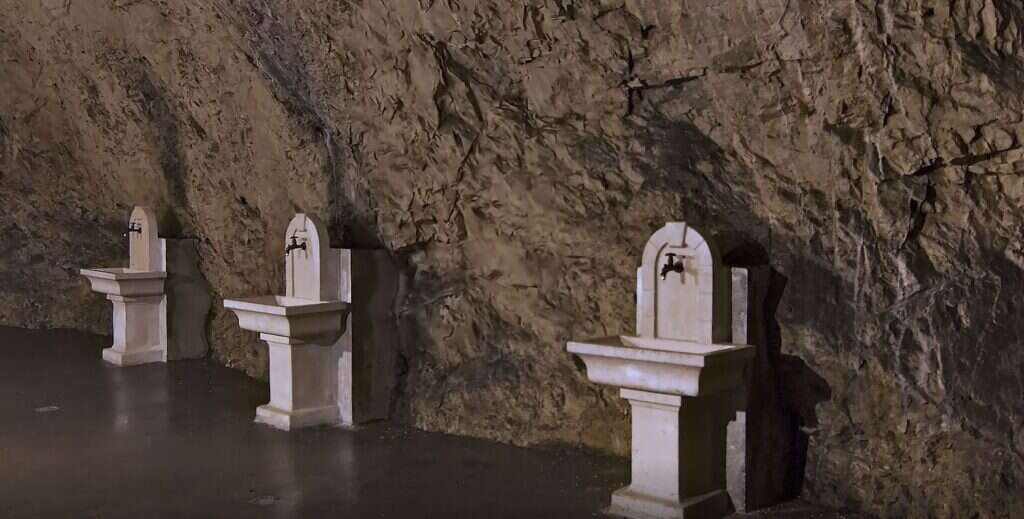
The municipality of Mali Zvornik invests a lot in its tourist attraction: large funds have been invested in lighting and adaptation of the premises, so the Underground City is open to tourists in early 2020. More precisely, one part of this huge complex.
This text is part of the project “Underground city, a great tourist attraction of Mali Zvornik”, which was co-financed by the municipality of Mali Zvornik.
(Come to Serbia)
